“When we brought it back, we wanted to do it in a way that we’ve never done before – at least not since 1965”: Gibson resurrects a vintage unicorn with the return of the Firebird Platypus
Gibson's Jim DeCola describes it as a "best of" Firebird and it comes loaded with a pair of "historically accurate" Firebird mini-humbuckers
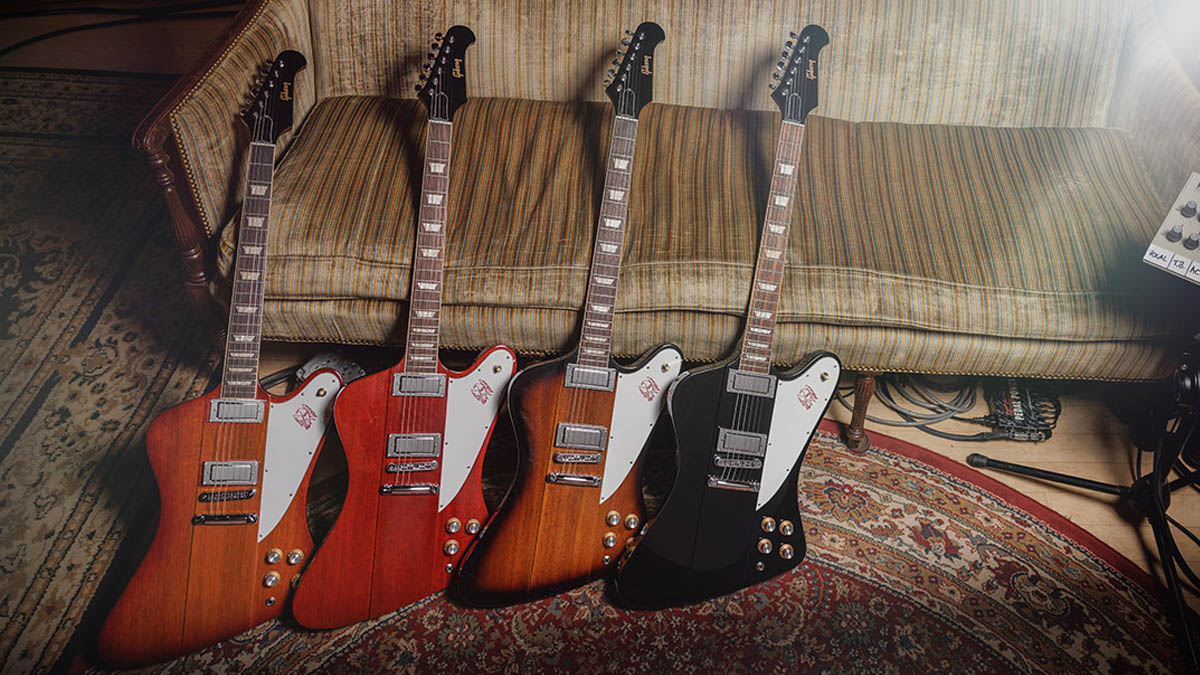
Enthusiasts of vintage electric guitars might well lay an egg at this news, because Gibson has brought the Platypus Firebird back from extinction, with the transitional 1965 ‘bird resplendent its distinctive – though modified – six-in-line headstock.
Ask your local Gibson history expert about the Platypus Firebird. Ask them how many were made. The answer is roughly “not many”. This was a rare snapshot of a design that was evolving, and so of course they would become collector’s items.
But why "Platypus"? Well, it’s all do to with the headstock shape which, if you look at it from a certain angle, it does share a profile with the eponymous Australian mammal.
Here you have a non-reversed six-in-line headstock with Mini-Grover Rotomatics as opposed to the reversed six-in-line headstock with banjo tuners more commonly found on the Firebird. For this new 2025 model, Gibson has modified the original “Platypus” headstock so that there’s a straight string pull and, ergo, better tuning stability.

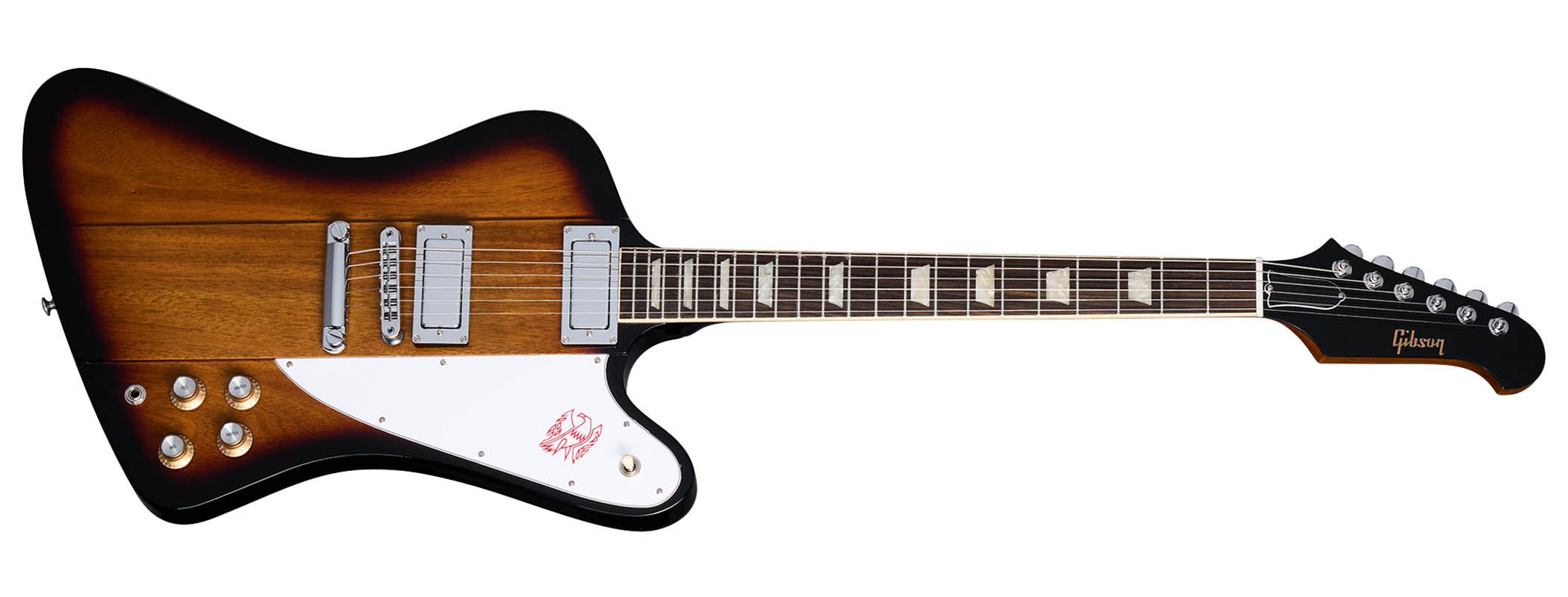
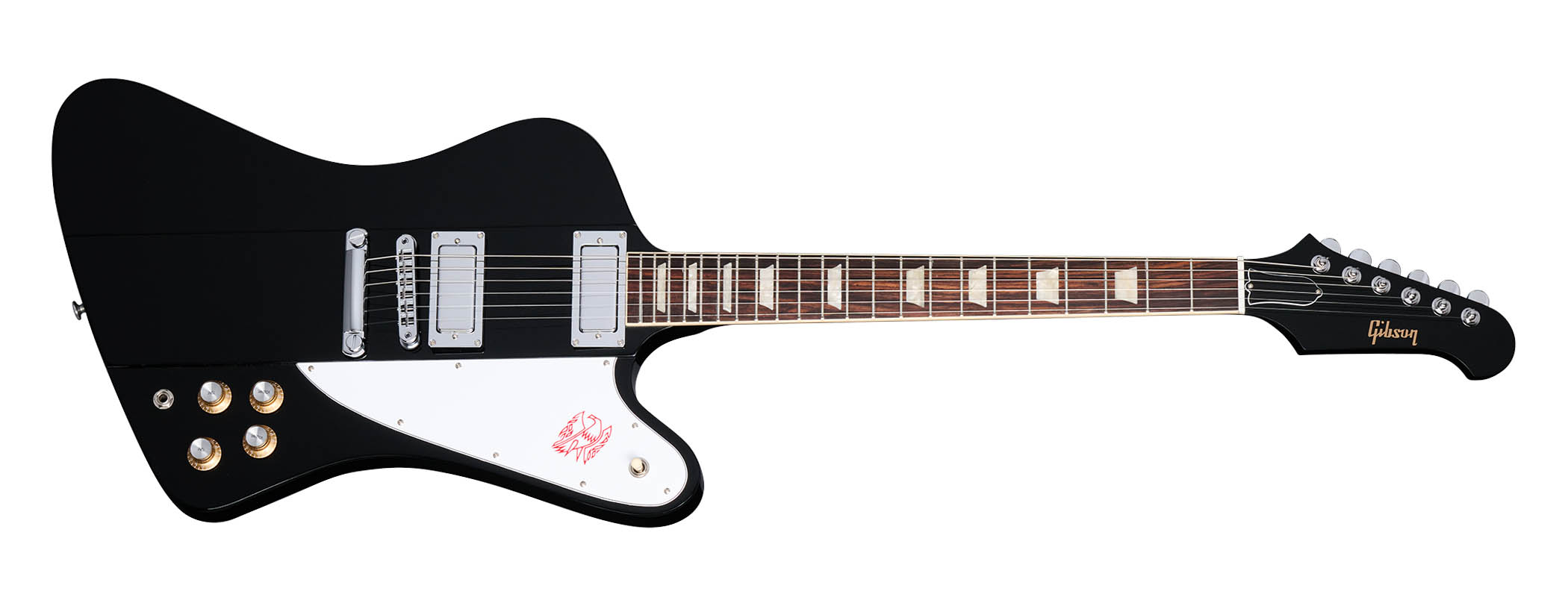
There are some other non-traditional elements. The Platypus Firebird has the appearance of a neck-through build, with a raised centre section of mahogany on the body’s top, but it is actually a glued-in neck, with its construction owing more to the Non-Reverse Firebird – and SG – in that respect.
But the recipe is pretty much standard fare, all mahogany, with a pair of “historically-accurate” Alnico V Firebird mini-humbuckers.
We feel the new Firebird Platypus has the ‘best of’ Firebird features, aesthetics, sound, and playability
Jim DeCola, master luthier, Gibson
Gibson is offering the Platypus Firebird in Vintage Cherry, Ebony and Tobacco Sunburst, with a Cherry Sunburst version available exclusively from the brand direct. Head online or pop into the Gibson Garage in London or Nashville to pick one of those up.
Want all the hottest music and gear news, reviews, deals, features and more, direct to your inbox? Sign up here.
The Platypus Firebird has a SlimTaper Mahogany neck, topped with an Indian rosewood fingerboard inlaid with acrylic trapezoids, housing 22 medium-jumbo frets. The fingerboard radius is an on-brand 12”, the scale-length, 24.75” is similarly on the money for Gibson.
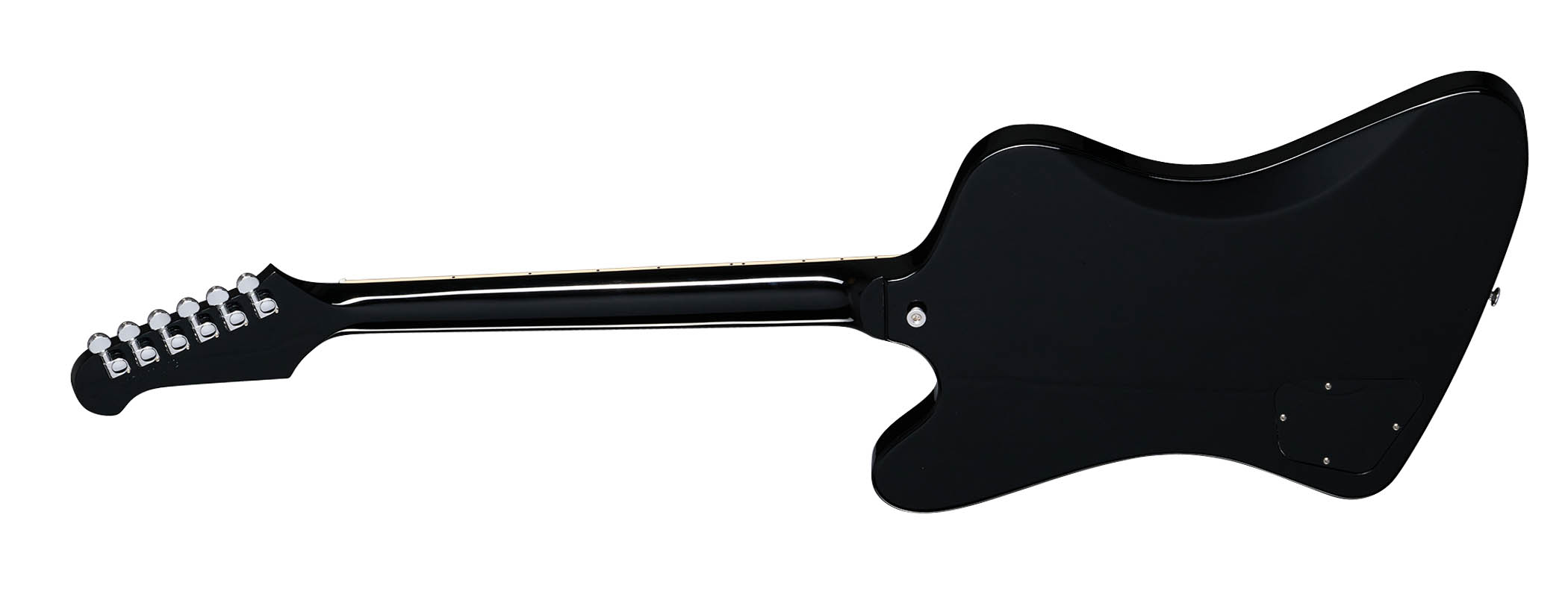

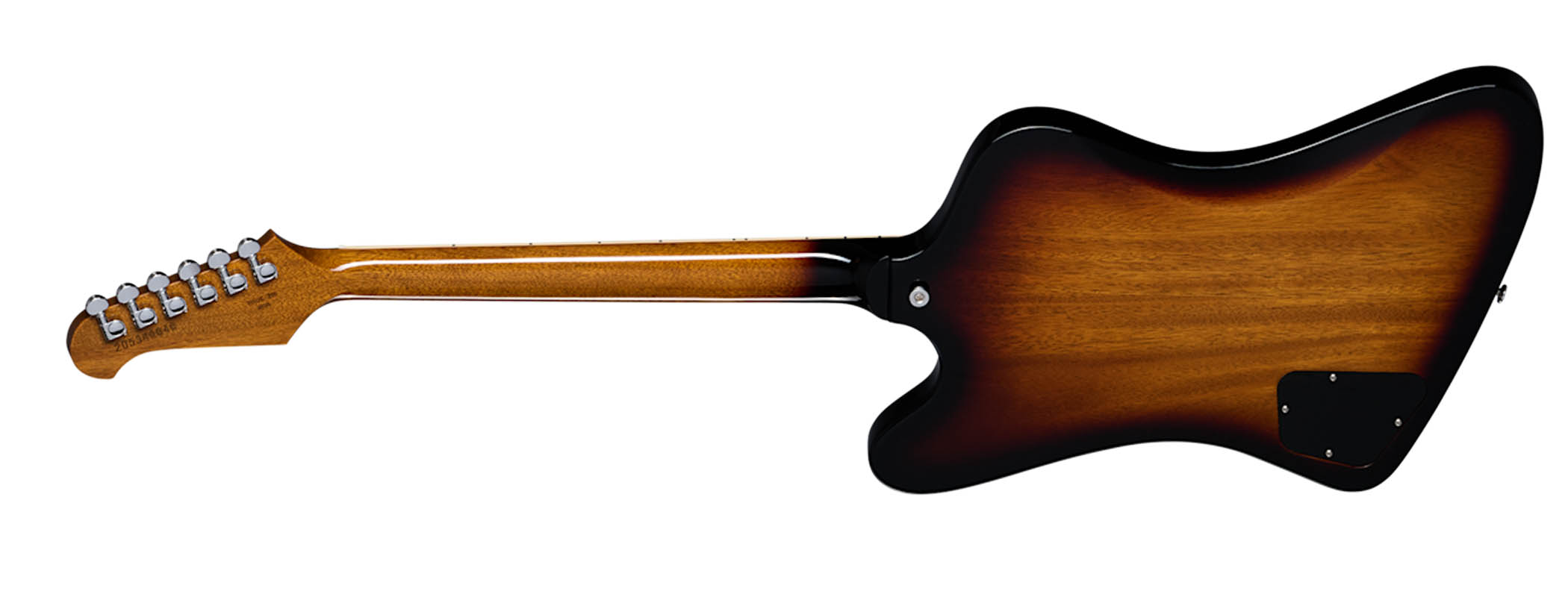
Elsewhere, there is a 43mm Graph Tech Tusq nut, an aluminium Nashville Tune-O-Matic bridge and aluminium stop-bar tailpiece. The pickups are controlled by a three-way pickup selector plus volume and tone, with Gibson kitting these out with gold top hat knobs with silver reflectors.
Speaking to the Gibson Gazette, Mat Koehler, VP of products, Gibson, said the Platypus was his favourite type of Firebird.
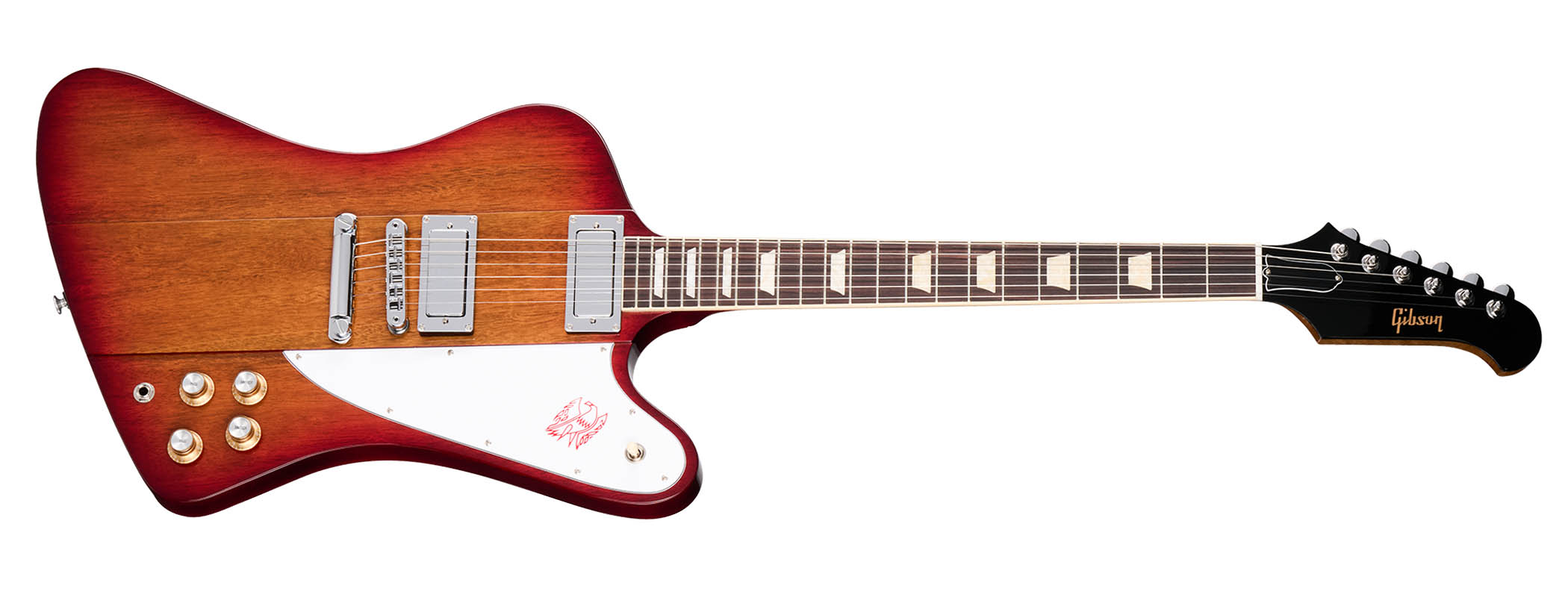
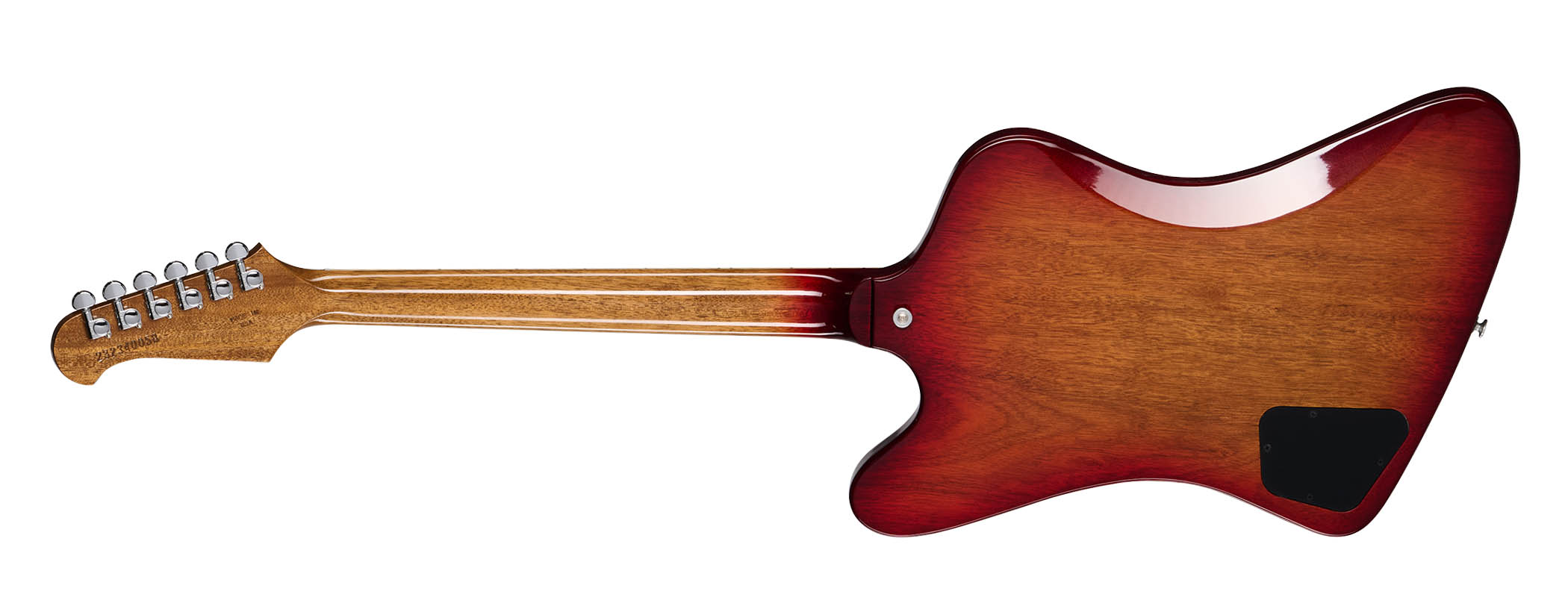
“We had discontinued the Firebird at Gibson USA for a few years, and when we brought it back, we wanted to do it in a way that we’ve never done before – at least not since 1965,” he says. “That’s the year you would see the Reverse body with the Non-Reverse neck. To me, that’s my favorite incarnation of the Firebird because you’ve got the tuners on the top side.”
Gibson’s master luthier Jim DeCola is similarly well disposed to this Firebird variant. He says the pickups are sitting in black mounting rims topped with chrome trims to keep the pickups in parallel with the strings, providing a balanced output across each string. “We feel the new Firebird Platypus has the ‘best of’ Firebird features, aesthetics, sound, and playability,” he told the Gibson Gazette.
The Firebird Platypus is available now, priced £2,499, and that price includes a hard-shell guitar case. See Gibson for more details.
Jonathan Horsley has been writing about guitars and guitar culture since 2005, playing them since 1990, and regularly contributes to MusicRadar, Total Guitar and Guitar World. He uses Jazz III nylon picks, 10s during the week, 9s at the weekend, and shamefully still struggles with rhythm figure one of Van Halen’s Panama.
You must confirm your public display name before commenting
Please logout and then login again, you will then be prompted to enter your display name.
